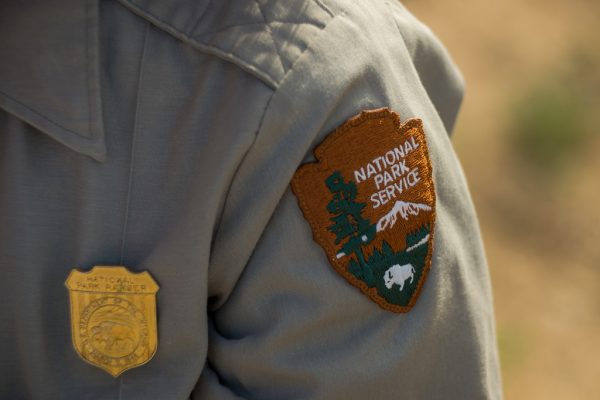U.S. Department of the Interior
The U.S. Department of the Interior and the National Park Service (NPS) announced $48.9 million in historic preservation grants for U.S. states, territories, and partnering nations, and $11.4 million for historic preservation grants to 175 tribal historic preservation offices.
“The Department of the Interior and the National Park Service are committed to preserving U.S. and tribal history and heritage,” said U.S. Secretary of the Interior Ryan Zinke. “Fees collected from drilling on the Outer Continental Shelf help fund important conservation tools like these grants. Through valuable partnerships we are able to assist communities and tribes in ensuring the diverse historic places, culture and traditions that make our country unique are protected for future generations.”
Administered by the National Park Service, these funds are appropriated annually by Congress from the Historic Preservation Fund (HPF). Since its inception in 1977, the HPF has provided more than$1.8 billion in grants to states, tribes, local governments, and non-profit organizations. Funding is supported by Outer Continental Shelf oil lease revenues, not tax dollars, with intent to mitigate the loss of a non-renewable resource to benefit the preservation of other irreplaceable resources.
“The National Park Service works closely with states and tribes to preserve our nation’s diverse history and cultural heritage,” National Park Service Deputy Director Dan Smith said. “These grants help promote historic preservation at the community level, including funding much needed restoration and maintenance to these special places.”
The HPF grants fund preservation programs at state offices and ensure support of local preservation with a required 10% pass-through to Certified Local Governments via competitive subgrants. Examples of state and local work accomplished with this annual funding include:
After Hurricane Matthew, the Georgia Historic Preservation Division coordinated an agency-wide initiative to train employees on the national Incident Command System and as a result, assumed a leadership role following Hurricane Irma in conducting agency-wide after-action reviews for regional incidents, and piloted a report on historic preservation response that was distributed to Georgia policy makers.
The Montana Historical Society leveraged National Park Service, Bureau of Land Management, state, and private funding to overhaul its statewide geodatabase of cultural resources, which now holds over 59,000 historic and pre-contact sites and 37,000 survey and cultural resource studies. The data will speed the review and compliance process associated with federal projects.
The Massachusetts Historical Commission completed a historic context focused on resources associated with Chinese immigrants and Chinese Americans in the city of Boston, which has led to National Register listing these underrepresented resources in New England.
The HPF grants fund tribal preservation programs and assist Tribes in the preservation of their cultural heritage and promote the protection of historically significant sites. Examples of tribal efforts and accomplishments with this annual funding include:
Funding for the annual Cultural Hualapai River Monitoring Trip by the Hualapai Tribal Historic Preservation Office in Arizona supports education outreach programs. Each year the trip engages youth and elders to monitor vegetation, archaeological sites, and traditional cultural places, and discuss traditional ecological knowledge about the Grand Canyon.
The Lac du Flambeau Band of Lake Superior Chippewa Indians Tribal Historic Preservation Office in Wisconsin is working on a site monitoring schedule and developing a management plan for 31 historic maple sugarbush sites where Ojibwe families moved each spring and camped for the production of maple syrup.
Four partner Tribal Historic Preservation Offices, the Narragansett Tribe, the Wampanoag Tribe of Gay Head (Aquinnah), the Mashantucket (Eastern) Pequot, and the Mohegan, collaboratively consulted with federal agencies on federal undertakings where ceremonial stone landscapes were in danger of impacts. The result was submission of a National Register of Historic Places draft nomination entitled “Indigenous American Ceremonial Stone Landscapes of the Northeast.”
Disclaimer: Articles featured on Oregon Report are the creation, responsibility and opinion of the authoring individual or organization which is featured at the top of every article.



